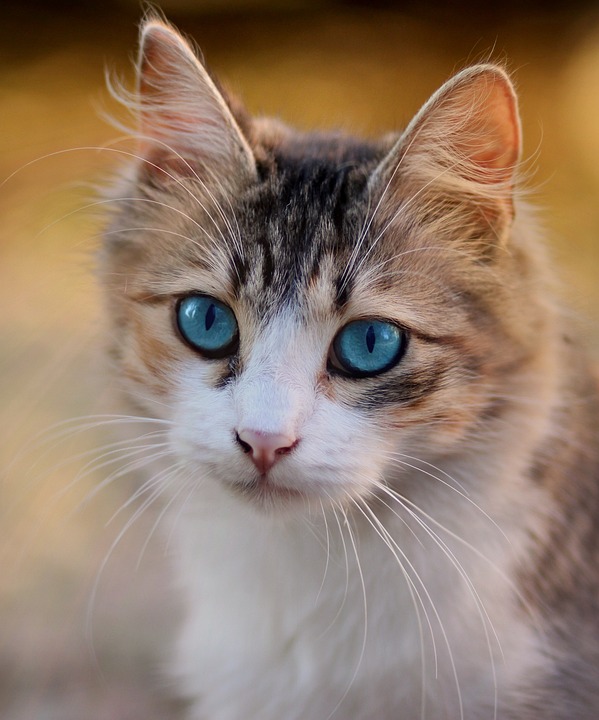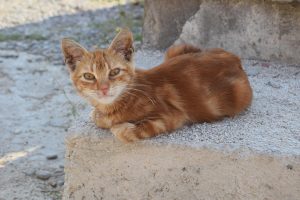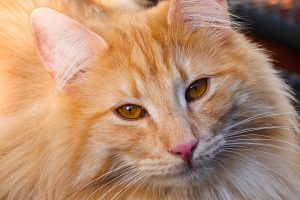
Introduction
As a cat owner, providing the best nutrition for your feline friend is undoubtedly one of your top priorities. In recent years, raw diets for cats have gained popularity due to the belief that they mimic the natural diet of wild cats. This article will delve into the essential aspects of raw diets for cats, offering valuable insights and practical advice for both new and experienced cat owners.
What is a Raw Diet for Cats?
A raw diet for cats typically consists of uncooked animal products such as meat, organs, and bones. The idea behind this diet is to provide cats with food that closely resembles what their wild ancestors would have eaten. Advocates of raw feeding believe that it can lead to healthier skin and coat, improved digestion, and increased energy levels.
Components of a Raw Diet
A balanced raw diet should include a variety of components to ensure that your cat receives all the necessary nutrients:
- Muscle meat (e.g., chicken, turkey, beef)
- Organ meats (e.g., liver, kidney, heart)
- Raw bones (to provide calcium and phosphorus)
- Animal fat (as a source of energy)
- Supplements (e.g., taurine, vitamins, and minerals)
Benefits of a Raw Diet
Proponents of raw diets for cats cite several potential benefits:
Improved Digestion
Many cat owners who switch to raw feeding report improvements in their pets’ digestion. Raw diets are often easier for cats to digest, leading to smaller, less odorous stools.
Healthier Skin and Coat
The high-quality proteins and essential fatty acids found in raw diets can contribute to healthier skin and a shinier coat. Many cats on raw diets experience reduced shedding and fewer skin issues.
Increased Energy Levels
Some cat owners notice that their cats have more energy and vitality after switching to a raw diet. This increased energy can be attributed to the high protein content and balanced nutrition in raw foods.
Potential Risks of a Raw Diet
While there are many potential benefits to feeding a raw diet, there are also risks that cat owners should be aware of:
Bacterial Contamination
Raw meat can harbor harmful bacteria such as Salmonella and E. coli, which pose a risk to both cats and humans. Proper handling and storage are crucial to minimize this risk.
Nutritional Imbalance
Creating a balanced raw diet can be challenging, and there’s a risk of nutritional deficiencies or imbalances if the diet isn’t carefully planned. Consulting with a veterinarian or a pet nutritionist is highly recommended.
Bone Hazards
While raw bones can provide essential nutrients, they also pose a risk of choking or internal injuries if not properly prepared. It’s important to ensure that bones are appropriately sized and safe for your cat to consume.
Transitioning to a Raw Diet
If you decide to switch your cat to a raw diet, it’s important to do so gradually to avoid digestive upset:
Start Slowly
Begin by introducing small amounts of raw food alongside your cat’s current diet. Gradually increase the proportion of raw food over a period of several weeks.
Monitor Your Cat’s Health
Keep a close eye on your cat’s health during the transition. Look for any signs of digestive upset, such as vomiting or diarrhea, and adjust the diet accordingly.
Consult a Professional
Consider consulting with a veterinarian or a pet nutritionist to ensure that your cat’s raw diet meets all of their nutritional needs.
Preparing a Raw Diet at Home
If you’re interested in preparing a raw diet for your cat at home, here are some tips to get started:
Source Quality Ingredients
Choose high-quality, fresh ingredients from reputable sources. Look for organic or free-range options when possible to ensure the best nutrition for your cat.
Use a Balanced Recipe
Follow a balanced recipe that includes the right proportions of muscle meat, organs, bones, and supplements. Several online resources and books provide guidance on creating balanced raw diets for cats.
Practice Safe Handling
Always practice safe food handling techniques to minimize the risk of bacterial contamination. Wash your hands thoroughly after handling raw meat and sanitize all surfaces and utensils.
Commercial Raw Diets
If preparing a raw diet at home seems daunting, there are commercial raw diets available that can provide a convenient alternative:
Pre-Made Raw Meals
Many pet food companies offer pre-made raw meals that are balanced and nutritionally complete. These meals are typically frozen or freeze-dried for convenience.
Quality Assurance
When choosing a commercial raw diet, look for brands that adhere to high quality and safety standards. Check for certifications and read reviews to ensure you’re selecting a reputable product.
Conclusion
Raw diets for cats can offer numerous benefits, but they also come with potential risks that must be carefully managed. Whether you choose to prepare a raw diet at home or opt for a commercial option, it’s essential to ensure that your cat’s nutritional needs are being met. By taking the time to research and plan, you can provide your feline friend with a diet that supports their health and well-being.
#ChatGPT assisted in the creation of this article.








